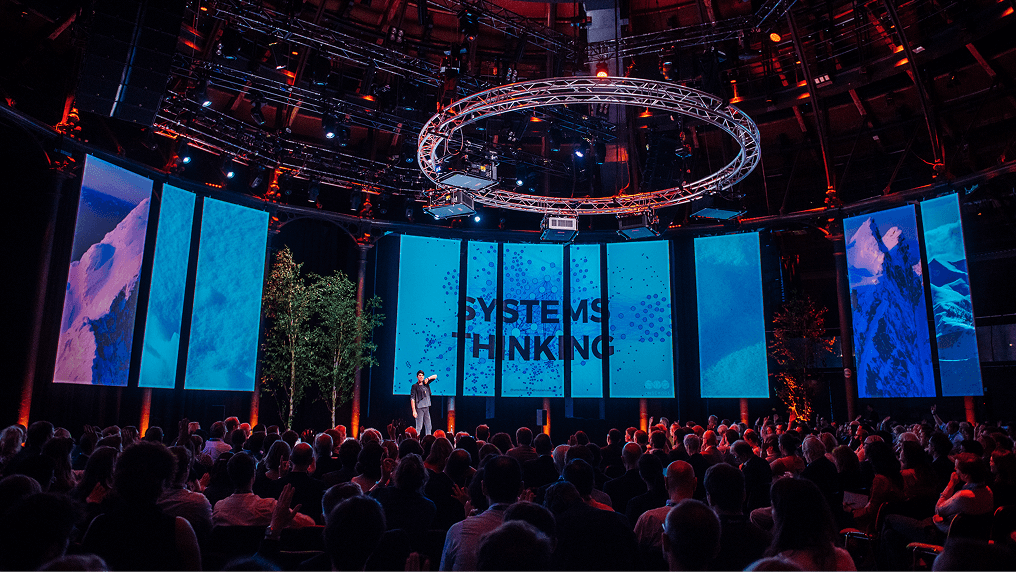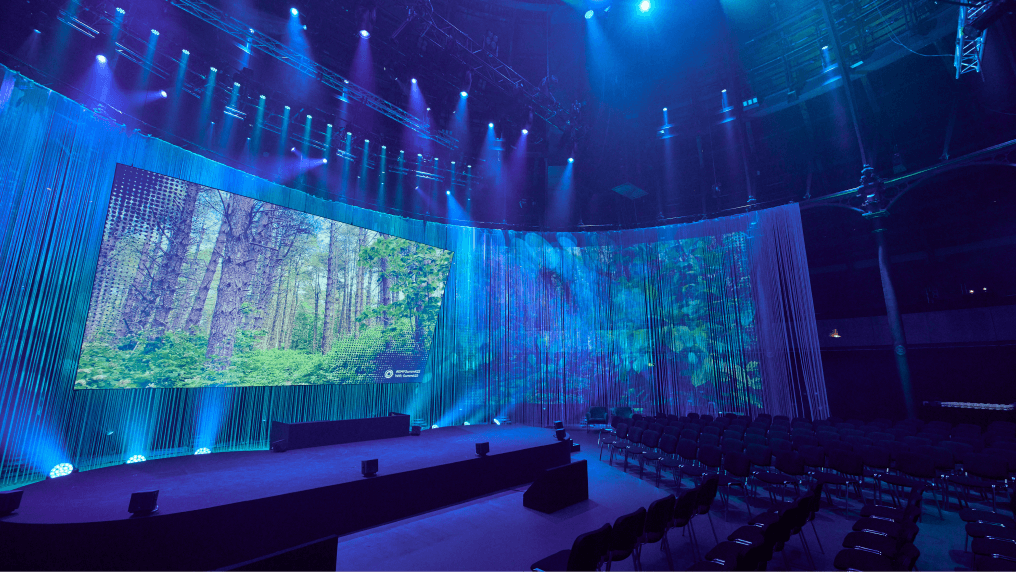Learn how to effectively communicate and present circular economy ideas.
The circular economycircular economyA systems solution framework that tackles global challenges like climate change, biodiversity loss, waste, and pollution. It is based on three principles, driven by design: eliminate waste and pollution, circulate products and materials (at their highest value), and regenerate nature. offers a real opportunity to improve the way that you and your colleagues do things. Here are some tips from people who have implemented circular economy thinking and principles into their organisations.
Three steps to a successful internal circular economy pitch
Pioneering advocates of the circular economy have shared how they succeeded in engaging their colleagues and initiating circular ideas. It’s worth using these examples as a guide to plan your pitch in advance.
Explore the three key steps below, which offer guidance on how to successfully pitch your circular economy ideas.
You can also download the ‘Make a successful circular economy pitch’ worksheet and use it to prepare.
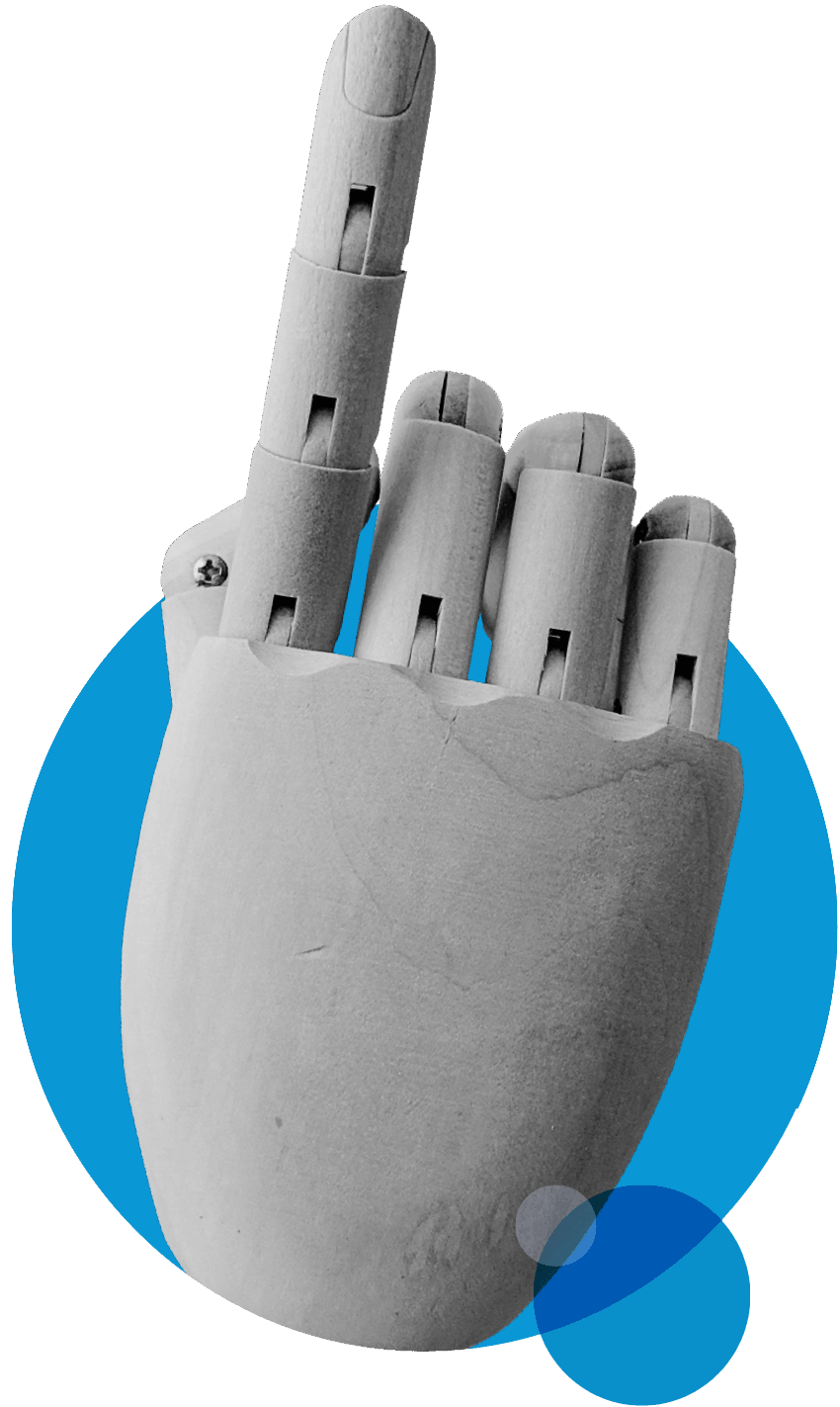
Step 1: Understand who you want to influence
To prepare your pitch, start by thinking about who you want to influence. It is useful to name who they are and explore their objectives, priorities, and motivations.
Who are they?
Getting your manager on board first is a good starting point. Whoever you talk to first, tailor your pitch so it is as relevant and compelling as possible.
What are their objectives and priorities?
What’s on their agenda? What are the main challenges and opportunities they face, and what do they need to do to be successful in their role?All this is likely to be related to their function and level - the priorities listed below will allow you to explore and better understand what topics are most likely to be on their agenda.
What motivates them personally and professionally?
Are they ambitious change agents in the business? Circular economy is the next big driver of change in business, and being ahead of the curve can be a route to both business and career opportunity.Are they concerned, perhaps as a parent, about the major environmental and social problems the world is facing? Circular economy is providing practical solutions, and it’s a great way of reconciling a personal sense of purpose with one’s professional role.
What do different functions prioritise?
Different people will have different priorities. These will directly correspond to the functional area they represent in the organisation.
Strategy/senior management
Growth
Reputation, especially with consumers/Gen Z
Disruption potential
Competitors
Regulation
Cost saving
Operations/procurement
Cost reduction
Waste avoidance
Availability of raw materials
Efficiency
R&D/innovation
New product and service opportunities
Product to service
Packaging – meet corporate commitments
New claims and benefits
Regulation
Cost saving
Marketing
Understanding and addressing customer needs and problems
Maintaining and reflecting brand purpose and positioning
Attracting and retaining Gen Z consumers
New claims and benefits
Having something new to communicate
Packaging

Step 2: Describe the context
The next step in preparing your pitch is to think about internal and external context within and outside your organisation.
What is the context within the organisation?
The corporate purpose, strategy, values, and commitments may already set out a path that a circular economy can help deliver. Does your organisation, for example, support the UN Sustainable Development Goals? Are there specific commitments to environmental and social targets? Do you have values consistent with the circular economy principles of eliminating waste and pollution, circulating products and materials, and regenerating nature?
These can offer ‘permission’ to open up the circular economy as a way forward.
What is the context externally?
Circular economy ideas are promoted by many of the most influential organisations, from governments to trade and professional bodies, leading companies, and business forums.
Mentioning those most relevant to your organisation will help demonstrate how mainstream circular economy thinking has become.

Step 3: Define your circular economy idea
The third step in preparing your pitch is to articulate a potential circular economy idea you want to establish in your organisation. Ask yourself, what it is you want to implement, practically?
What are you proposing to do?
A circular economy is all about practical solutions to existing problems, and realising new opportunities. As far as possible, include top line ideas on how the circular economy can help with existing challenges and opportunities within the organisation. This might involve highlighting its potential benefits and the downsides of existing approaches.
The best way forward is to come up with a feasible trial or evaluation project to pilot the application of circular ideas within your organisation.
What benefits would it bring to the organisation?
A circular economy brings new paths and many benefits for businesses by reaching new customers and lowering costs, to disrupting the markets through innovation, building the brand reputation, and delivering sustainability targets.
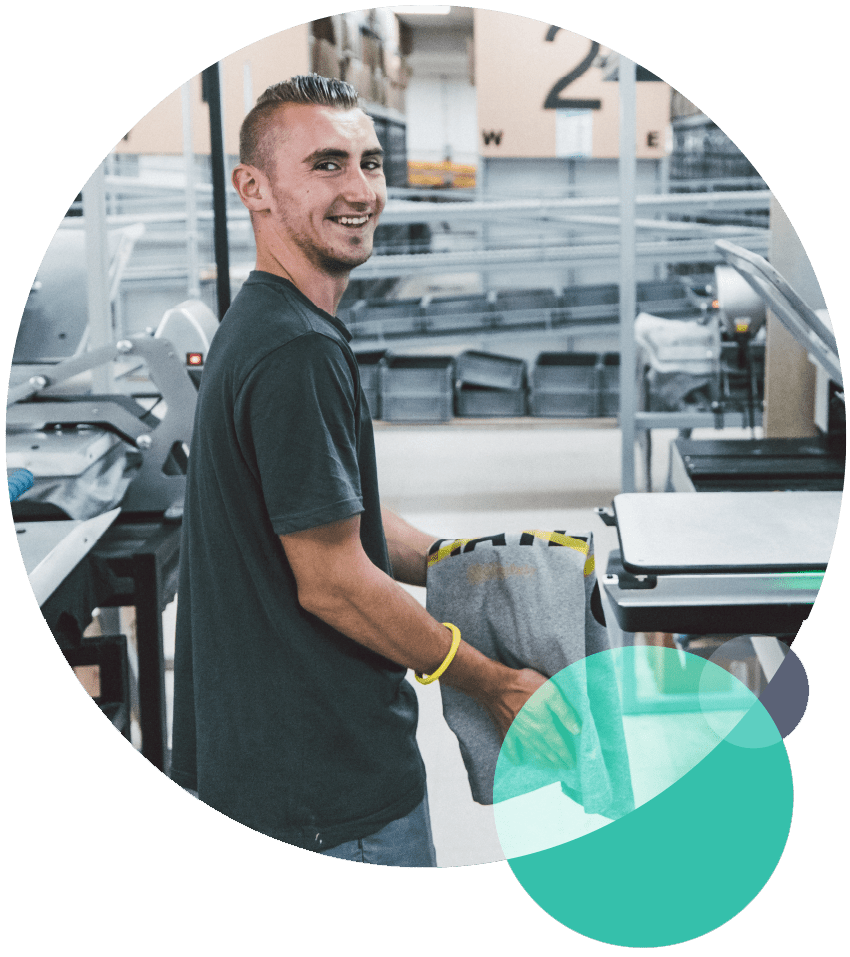
Explore circular economy benefits for businesses
Many companies, both large and small, across many different industry sectors, have adopted circular approaches. Here are just some of the reasons why.
Read through the benefits and see if you can highlight some of them in your pitch.
New paths to growth
Creating revenue growth not constrained by resource availability or cost. Finding new ways to meet the needs of a growing population, or growing the business faster by offering new approaches that create value in new ways.
Case studies: Ecovative, Agriprotein
Reaching new customers
Opening up opportunities for customers who are priced out of existing product offers, by offering products that have been remanufactured or repaired for re-use.
Case study: Teemill
Engaging and retaining customers
Building deeper and longer relationships with customers through collaborative partnerships that solve problems and improve customer value.
Case study: Mud Jeans
Lowering costs
Avoiding waste and improving effectiveness of operations to increase value creation and profits.
Case study: Renault
Building brand reputation
Demonstrating through circular approaches that the business is aligned with societal values, in line with changing expectations and aspirations.
Case study: H&M Group
Securing supply chain continuity
Ensuring long-term viability of the business through maintenance and restoration of the raw materials and products upon which the business depends.
Case study: Gerrard Street
Delivering against sustainability targets and commitments
Reducing impacts like carbon and water through circular production and consumption models.
Case study: Unilever

Use circular economy story prompts
There are some fascinating facts that brilliantly illustrate the shortcomings of the current economic system and outline the opportunities for new value creation for businesses.
They could be weaved into the story to illustrate how your company could benefit from a circular economy or why it needs to change.
Today's economy is hugely wasteful
In Europe, the average car sits unused 92% of time (Growth Within, 2015)
Only 14% of plastic packaging is recycled globally, even though the recycling symbol has been around for over 40 years (The New Plastics Economy, 2016)
Every second around the world, the equivalent of one garbage truck full of textiles is landfilled or burned (A New Textiles Economy, 2017)
A circular economy creates new opportunities for growth and prosperity
Applying circular economy in China could save businesses and households approximately CNY 70 trillion by 2040 (16% of China’s projected GDP) - about 10 trillion US dollars (The circular economy opportunity for urban and industrial innovation in China, 2018)
By adopting circular economy principles, Europe can create a net benefit of EUR1.8 trillion by 2030, or EUR0.9 trillion more than in the current linear development path (Growth Within, 2015)
A circular economy could bring India annual benefits of USD 624 billion in 2050, compared with current predictions – a benefit equivalent to 30% of India’s current GDP (Circular Economy in India, 2016)
The transition to a circular economy is happening
Technologies like smartphones, 3D printing, Internet of Things, and Blockchain mean we can make more circular products, business models or entire systems e.g. bike or car-sharingsharingThe use of a product by multiple users. It is a practice that retains the highest value of a product by extending its use period. apps such as Zipcar, or startups like YCloset - an online clothing rental service in China with 2 million users
The governments of Finland, Italy, France, and China all have circular economy plans and cities such as London, Phoenix, and Milan are on board
Businesses such as Danone, Google, H&M, Nike, Philips, and Unilever are all working on circular economy
Learn from the success of others
There are many examples of how circular economy has opened up great opportunities for personal, professional, and business growth.
Watch these circular economy champions share their success stories about how they came up with a circular economy pilot idea, pitched it in their organisations, and achieved scalable results.
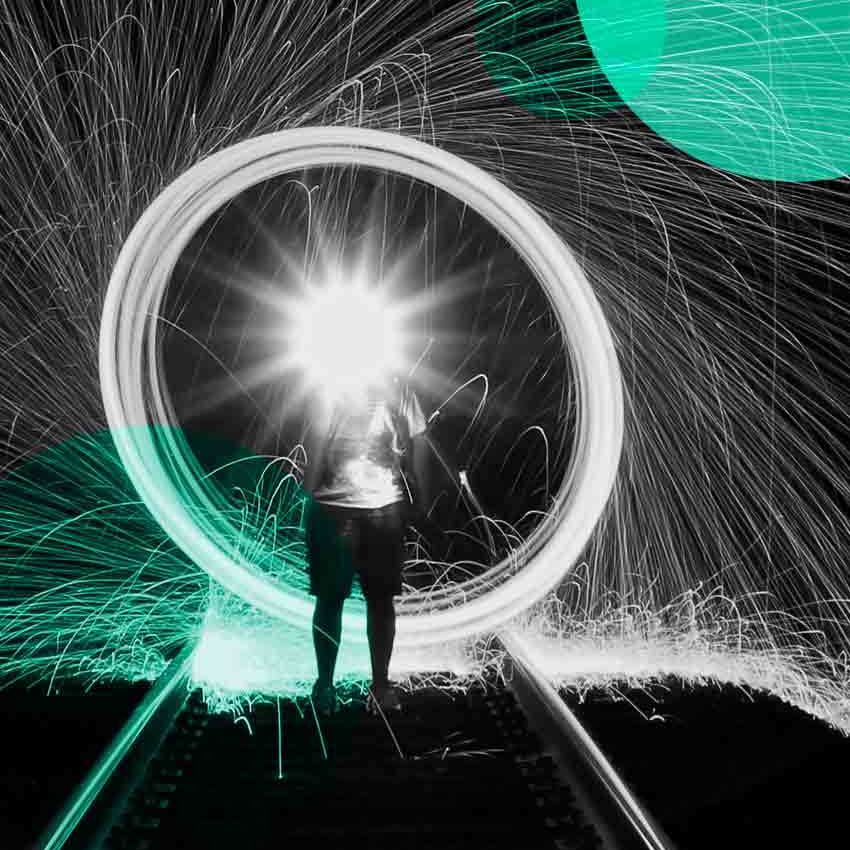
Address misconceptions about the circular economy
The circular economy is often interpreted in a variety of ways by different people. This could lead to various misconceptions which you may encounter from your peers and colleagues during your pitch.
As a way of addressing these misconceptions, it is useful to keep in mind that objecting to or contradicting these ideas may only agitate the conversation. We always suggest to use a “‘yes, and…” approach, which is about expanding and building on the ideas presented.
Read through this article in which Ken Webster, the former Head of Innovation at the Ellen MacArthur Foundation, addresses some common misconceptions about the circular economy.

Bring it all together
So you have considered your audience, organisational context, and formulated your circular offering. You have chosen some interesting facts to weave into your pitch and prepared to counter misconceptions.
Now, all you have to do is to bring it all together by considering its structure. Keeping it simple, not throwing rocks at the current system, and embracing the unknown are further useful tips for you to keep in mind.
Write your pitch
Structure your pitch
Start with their business, personal perspectives and needs, and explain how circular principles can help address these. Try to avoid selling the circular economy as ‘the right thing to do’ or something that is just about solving global environmental problems. The circular economy is a new way of doing things that brings very real business benefits, as well as positive social and environmental impacts.
Keep it simple
The ideas that underpin the circular economy are intuitive and straightforward. It’s better to tell a simple story than to try to explain everything or overwhelm your audience with data.
Don't throw rocks
The linear economylinear economyAn economy in which finite resources are extracted to make products that are used - generally not to their full potential - and then thrown away ('take-make-waste'). worked well for many years, elevated a lot of people from poverty, and brought many technological advancements. But it is prosperity based on cheap energy, cheap resources, cheap credit, and lots of space for waste.
Embrace the unknown
The circular economy is sometimes described as a sixteenth century map - much is still unclear and there are a lot of unknowns. We know where the land masses are, but we don’t know the shapes, so embracing the unknown is about asking questions, embracing feedback, and getting input from other businesses, universities, and frameworks to do it by ourselves.
Watch Ashima prepare and present a circular economy pitch
We asked Ashima, former Government & Cities Lead at Ellen MacArthur Foundation, to help us put together and then present a circular economy pitch incorporating the ideas above.

Pause for thought
Take a moment to reflect on the following questions:
What ideas are coming to you about how to bring circular economy into your organisation
Who are the right people to talk to?
When could you present your circular economy ideas to them?
What pilot projects could you start?
-----------------------
Funded by Eric and Wendy Schmidt Fund for Strategic Innovation



